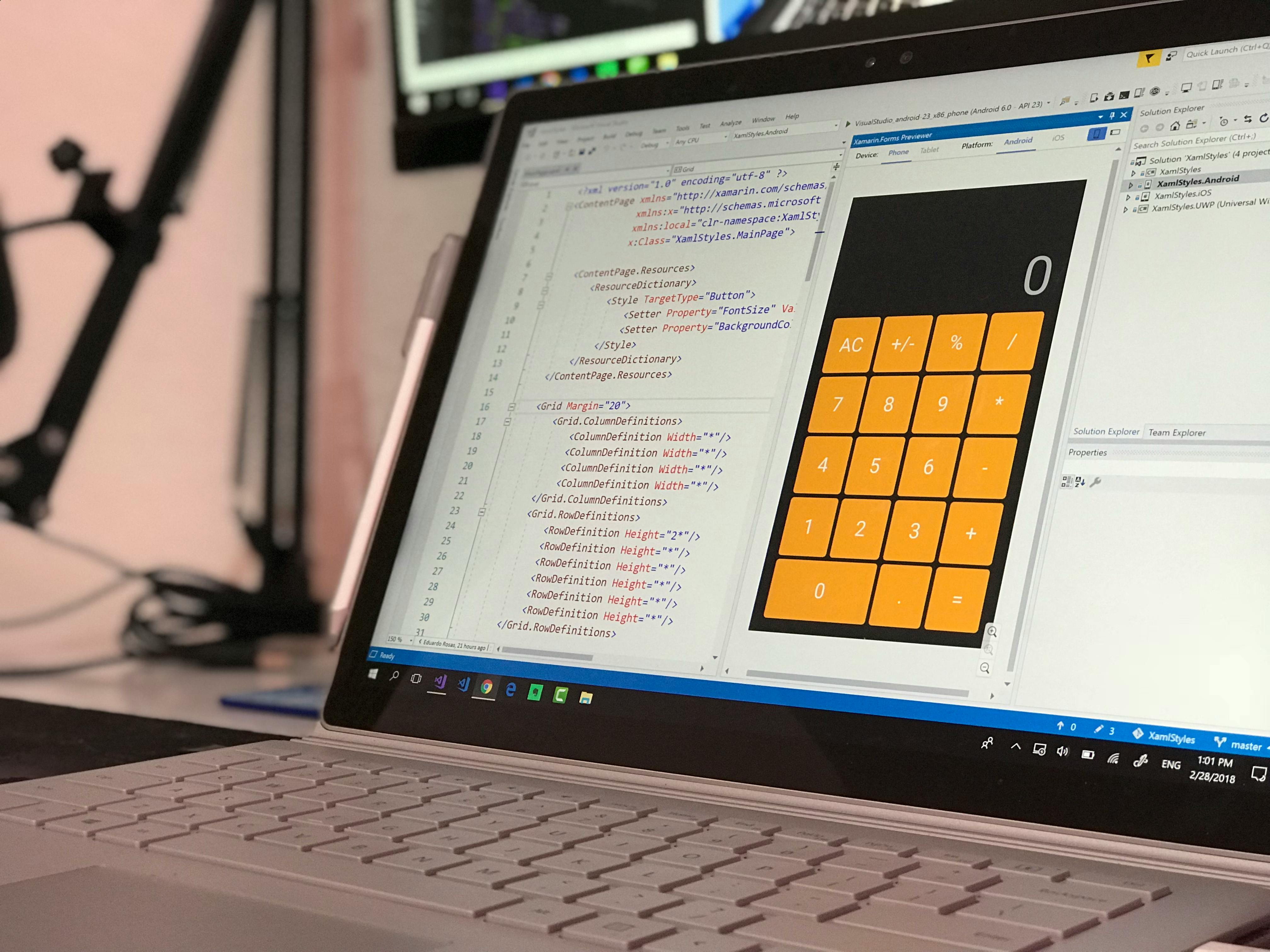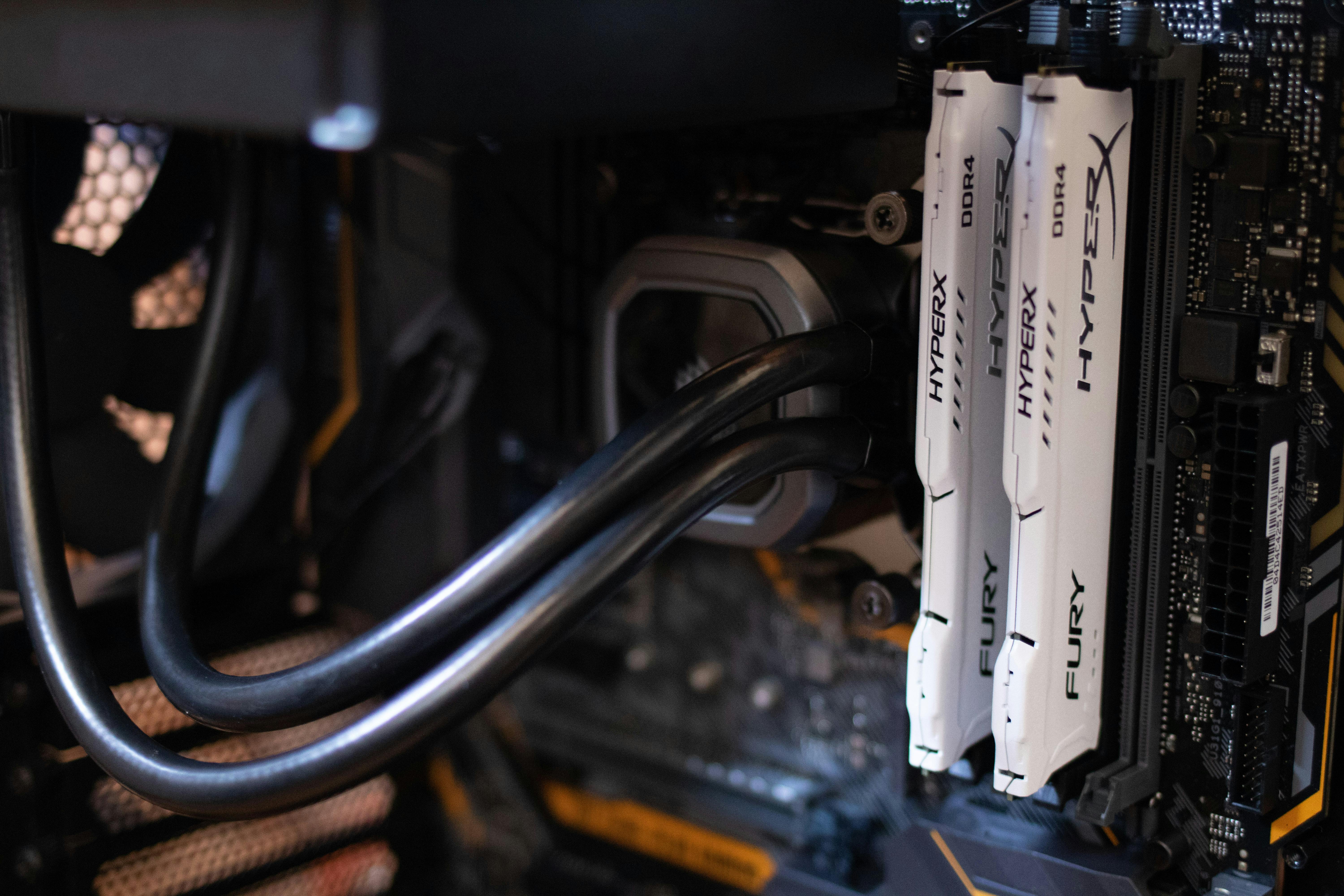Case Study: Payments Platform Re-platform
From monolith REST to Go + gRPC with a REST gateway
A fintech client’s Node.js monolith was hitting latency and reliability limits during peak settlement windows. RDG Engineering led a re-platform to a service-oriented, contract-first API using Go and gRPC with a REST gateway for web/mobile.
4×
Throughput increase
-63%
P95 latency
99.95%
SLO achieved
Problem
- Batch spikes caused queue backlogs and timeouts during settlements.
- Coupled modules made deployments risky; rollbacks were slow.
- Limited visibility: logs only, no traces; alert fatigue from noisy rules.
Approach
- Contract-first: OpenAPI + Proto as the source of truth; generated SDKs for web, Android, iOS.
- Service boundaries: Payment Intent, Capture, Refund, and Reconciliation separated with clear ownership and SLOs.
- Delivery: GitHub Actions → OPA policy gates → progressive delivery (canary/auto-rollback) on Kubernetes.
- Observability: OpenTelemetry traces, RED/Saturation metrics in Prometheus; actionable alerts only.
- Security by design: per-service IAM, mTLS between services, SBOM + image signing, secrets via Vault.
Stack
Languages: Go, TypeScript
Protocols: gRPC (internal), REST (public), async events (Kafka)
Infra: Kubernetes, Helm, Terraform, GitOps
Obs: OpenTelemetry, Prometheus, Tempo/Jaeger, Loki, Grafana
Result: Peak hour error budget stayed green for 3 consecutive quarters; deployment frequency increased from weekly to multiple times per day.
Project information
- Category Platform & APIs
- Client Pinstripe Pay (fictional)
- Project date Jan–Jun 2025
- Scope Re-platform, SRE, DevSecOps
- Public docs API gateway spec
- Back to Work




